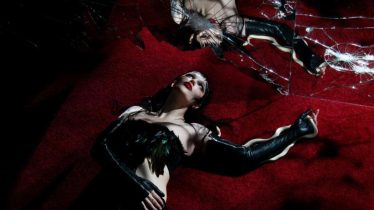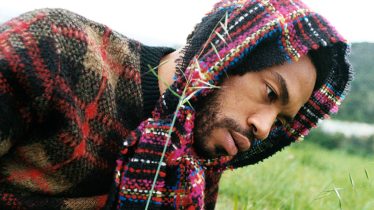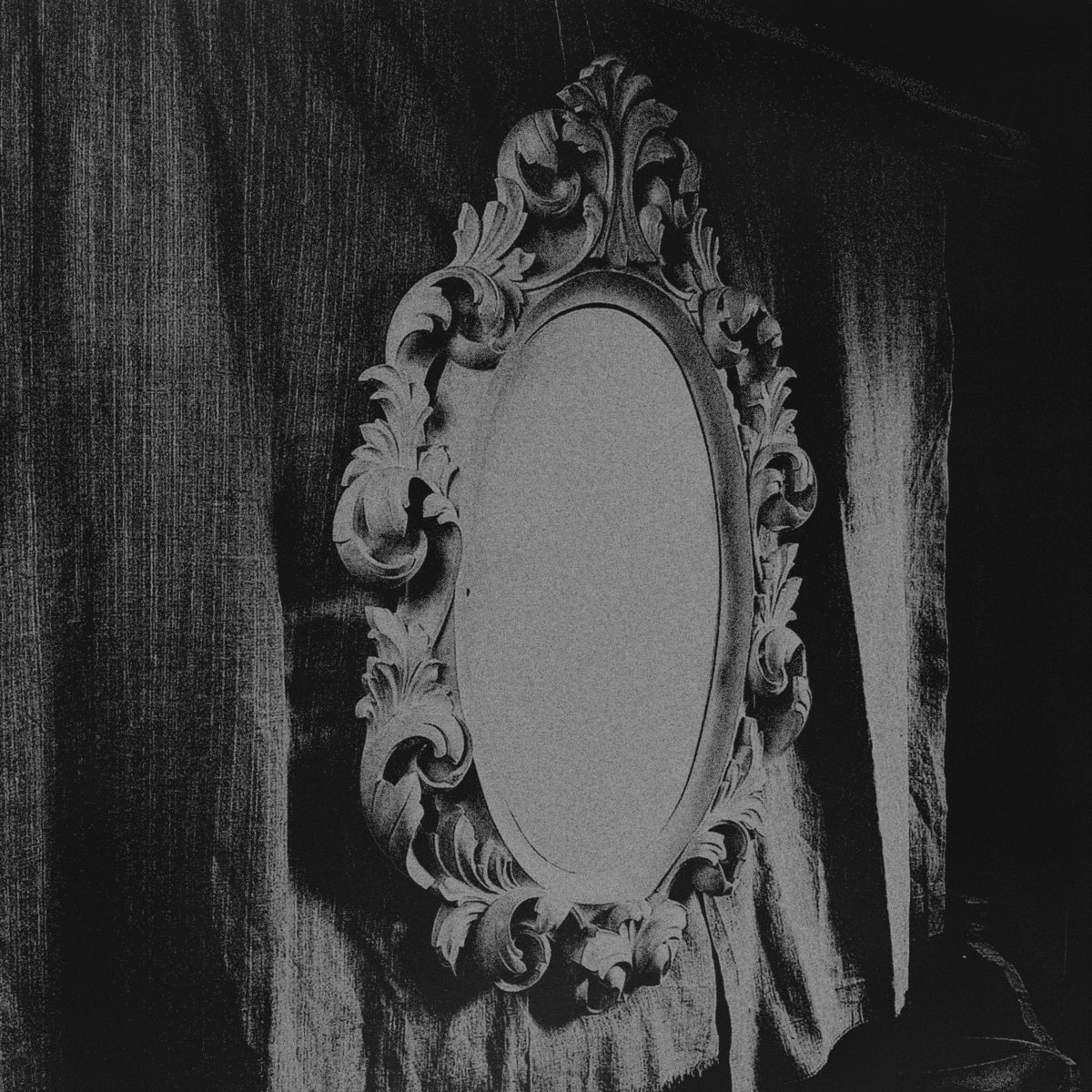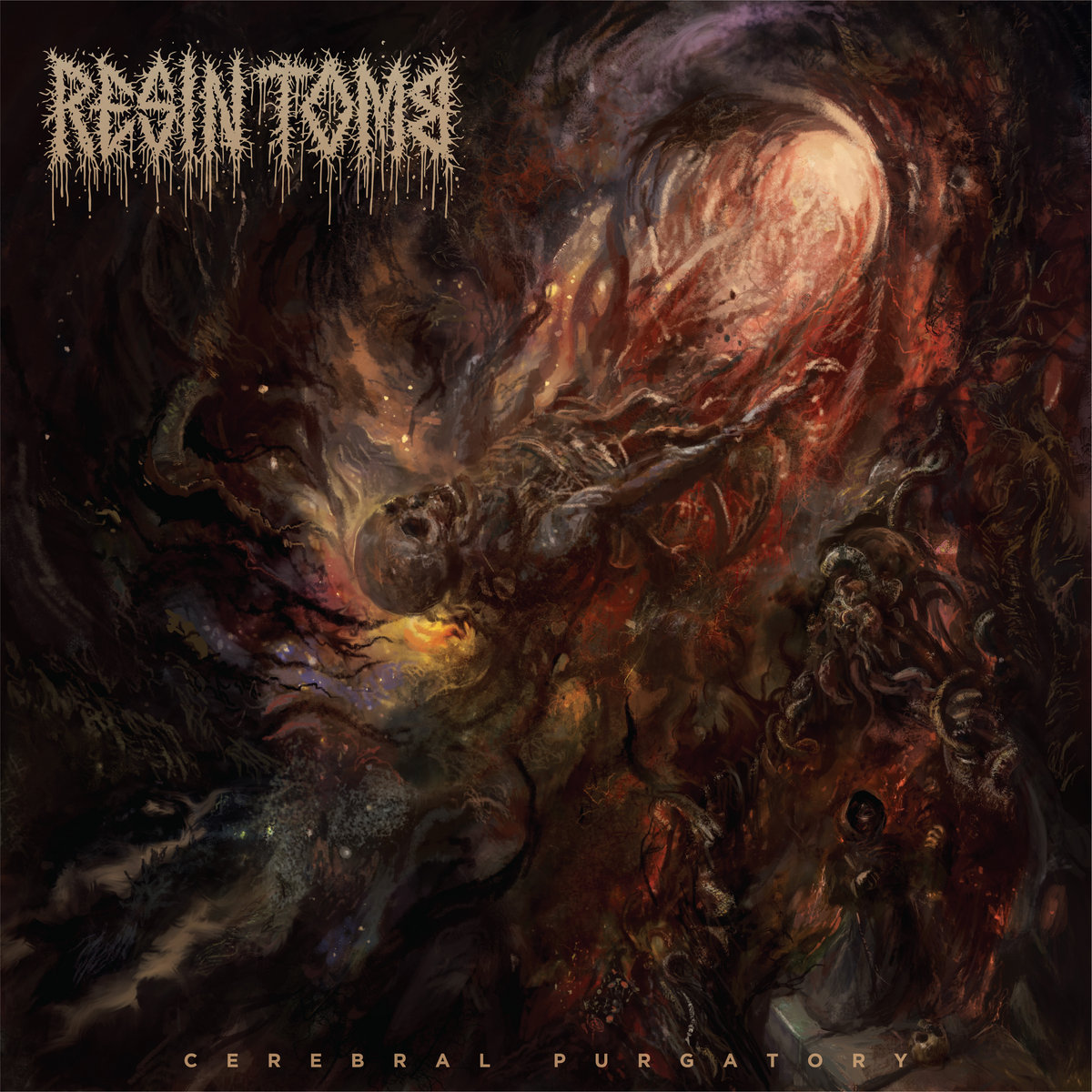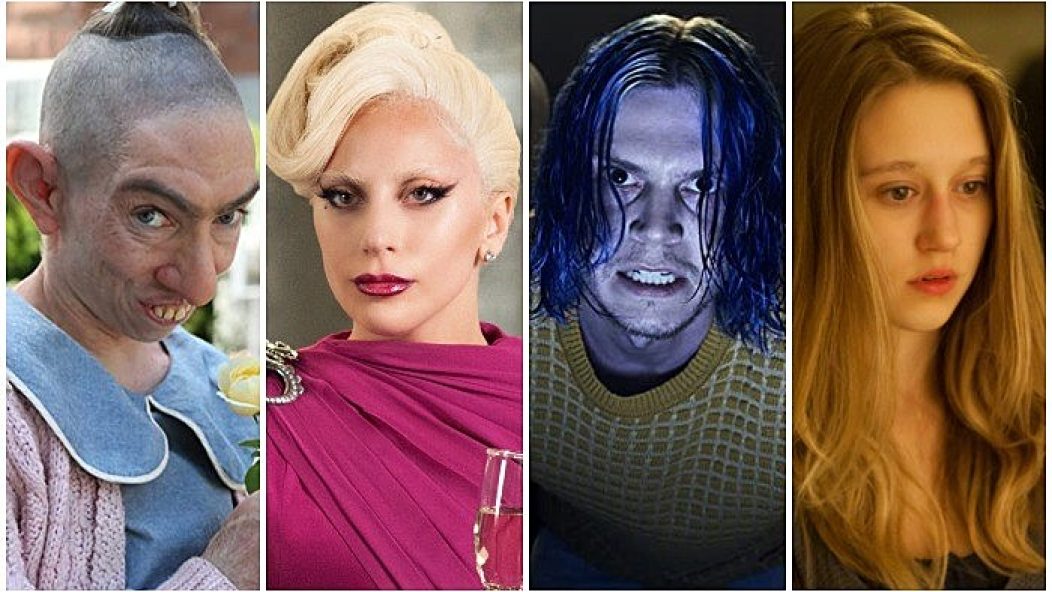
9 horror movie nods you probably missed in ‘American Horror Story’
For nine seasons, Ryan Murphy and Brad Falchuk have packed American Horror Story with a variety of terrifying themes from across the spectrum of history and pop culture. Incorporating allusions to serial killers, historic mysteries, urban legends and film, the creative duo’s shotgun-blast approach to storytelling twists traditional horror tropes into innovative narratives that never fail to shock.
With frequent callbacks to classic horror movies, fans have no doubt recognized elements from their favorite fright flicks in the show. In this list, we’re looking back at some horror movie nods even the most sharp-eyed fans may have missed.
Read more: Freeform’s 31 Nights of Halloween lineup is full of these spooky favorites
Murder House’s shocking twist was inspired by Carnival Of Souls
One of the most shocking moments in American Horror Story’s first season was the revelation that Violet Harmon’s (Taissa Farmiga) suicide attempt four episodes earlier had been successful. Unbeknownst to both her and the audience, she was now a ghost. Although this particular twist has become a horror staple, 1962’s Carnival Of Souls, a film frequently referenced by Murphy as an influence, presents a potent example, with the climactic revelation that its haunted protagonist (Candace Hilligoss) died in a car accident in the film’s opening scene.
This popular character introduced in Asylum was based on a real-life circus performer featured in the notorious 1932 film Freaks
Introduced in Asylum, Pepper (Naomi Grossman), one of Briarcliff Manor’s most bizarre residents, is inspired by circus performer Schlitzie, best remembered for the 1932 film Freaks (more overtly referenced by Freak Show). As recounted by horror historian David J. Skal in his book The Monster Show, Schlitzie, who suffered from microcephaly, was one of many sideshow performers hired by director Tod Browning for his controversial and near career-ending film. Schlitzie, unlike the fictional Pepper, was a man. His handlers billed him as a woman, clothing him in dresses to simplify caring for his hygienic needs.
Some of Coven’s most memorable sequences were inspired by a silent horror classic
Coven makes some wonderfully obscure allusions to a silent classic. Central to Coven’s mythology is a witch’s ability to perform the Seven Wonders, seven powers that mark a witch as a “Supreme.” In several brilliantly executed expositional sequences, the Seven Wonders are illustrated through a creepy silent film complete with scratches and the weird, off-kilter frame rate characteristic of early cinema. This is a visual callback to the 1922 film Häxan: Witchcraft Through The Ages. Ostensibly a documentary on the history of witchcraft in medieval Europe, Häxan is filled with unsettling and often downright frightening imagery.
Freak Show’s Tattler sisters’ uncanny connection to Chained For Life
It should be obvious to any hardcore classic horror fan that Freak Show was inspired by Browning’s 1932 cult classic Freaks. Perhaps less obvious is its connection to the 1952 exploitation movie Chained For Life starring conjoined twins Daisy and Violet Hilton. The Hiltons (who also starred in Browning’s aforementioned film) star as vaudeville singers who, through the machinations of a duplicitous lover, become involved in a murder plot. Echoes of Chained For Life resound throughout Sarah Paulson’s dual role as Freak Show’s Siamese sisters Dot and Bette Tattler.
Lady Gaga, Hotel and The Hunger
The story arc of Lady Gaga’s coldly seductive Countess from Hotel is a near beat-for-beat homage to Tony Scott’s vampire opus The Hunger. Gaga’s character is a virtual clone of The Hunger’s immortal Miriam Blaylock (Catherine Deneuve). From her wardrobe and platinum tresses to her tragic litany of paramours, the influence of Blaylock on The Countess is undeniable. However, Hotel’s infatuation with The Hunger doesn’t end with Gaga. From its pacing and atmosphere to the inclusion of the classic Bauhaus track “Bela Lugosi’s Dead,” Hotel’s first episode is a blood-spattered love letter to the 1983 goth classic.
Roanoke’s cannibals, Piggy Man and Motel Hell
Roanoke continued the show’s tradition of horror movie callbacks, packing each episode with nods to everything from The Blair Witch Project to The Grudge. Some of Roanoke’s most frightening imagery came in the form of The Piggy Man—the murderous ghost of a Roanoke colonist forced to wear a pig’s head as punishment for stealing food. As revealed later in the show, Piggy Man’s descendants are the cannibalistic Polk family. Of course, pig masks and human jerky can mean only one thing to horror movie fans: the B-grade slasher favorite Motel Hell.
The populist politics of Cult meets The Dead Zone
The first and, so far, only season of American Horror Story to completely abandon supernatural elements, Cult remains controversial for its timely political and cultural themes. Although many fans drew comparisons between the show’s portrayal of a masked, home-invading cult to 2008’s The Strangers, fewer noticed that Evan Peters’ Kai Anderson is cut from the same cloth as The Dead Zone’s Greg Stillson (Martin Sheen). Anderson, like Senate candidate Stillson, is a political opportunist who exploits populism to gain power. Anderson’s similarities to Stillson are even greater in Stephen King’s original novel, which portrays the character as far more sadistic.
The Psycho story structure of Apocalypse
Now, some will say this is a stretch because this nod is about structure rather than visual cues, but hear us out. Apocalypse relies on a plot trick used by master of suspense Alfred Hitchcock in 1960’s Psycho. Much like that film’s surprise killing of Marion Crane (Janet Leigh), Apocalypse gets the audience invested in two seemingly major characters before knocking them off as the hook into a larger story. Filmmaker Wes Craven also employed this technique in 1996’s Scream, having the film’s assumed star Drew Barrymore killed off in the opening scene.
1984’s unhappy camper
1984, takes every ’80s slasher movie ever made and tosses them in a blender with a healthy dollop of pop culture and the show’s patented dark humor. From the granddaddy of summer camp slashers Friday The 13th to the cult favorite The Burning, 1984 pays homage to the genre in ways both large and small. One of the show’s more subtle callbacks is the character Brooke Thompson played by Emma Roberts. Thompson, set up in slasher movie style to be the show’s final girl, bears more than a passing resemblance to Sleepaway Camp’s killer Angela Baker (Felissa Rose).
